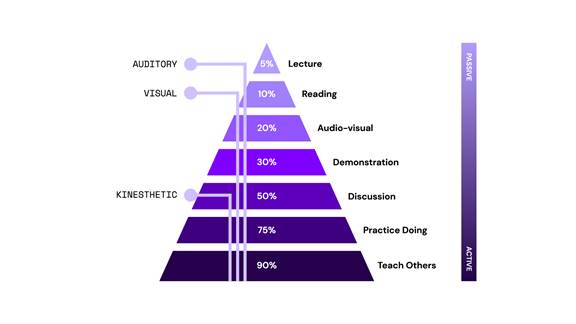Digital dialogue: 6 transformation insights

Tech leaders talk digitisation
Increasingly, digital transformation is being viewed as a vital tool to help organisations become more agile, streamlined, cost-efficient and competitive. In fact, global spending on transformation is expected to reach an astounding $6.3 trillion in 2023.
While current economic and market uncertainties are putting even more pressure on organisations to find ways to build resilience and fuel growth, digital technologies provide a practical solution to accelerating modernisation and transformation activities.
To uncover what is top of mind for digital leaders and how best to approach transformation, the Financial Times, in partnership with Kin + Carta and Microsoft, recently hosted a webinar on The Role of Digitisation in Streamlining Business with these panelists:
- Priya Gore, Managing Director, Azure Digital & Application Innovation, Microsoft
- Mark Ardito, VP Cloud Modernisation, Kin + Carta
- Romina Guevera, Chief Digital Officer and SVP, Michelin
- Sarah Kandil - Group Digital Strategy Officer, Société Générale
Read on to find out what these experts are saying about digitisation and how organisations can take action today.
